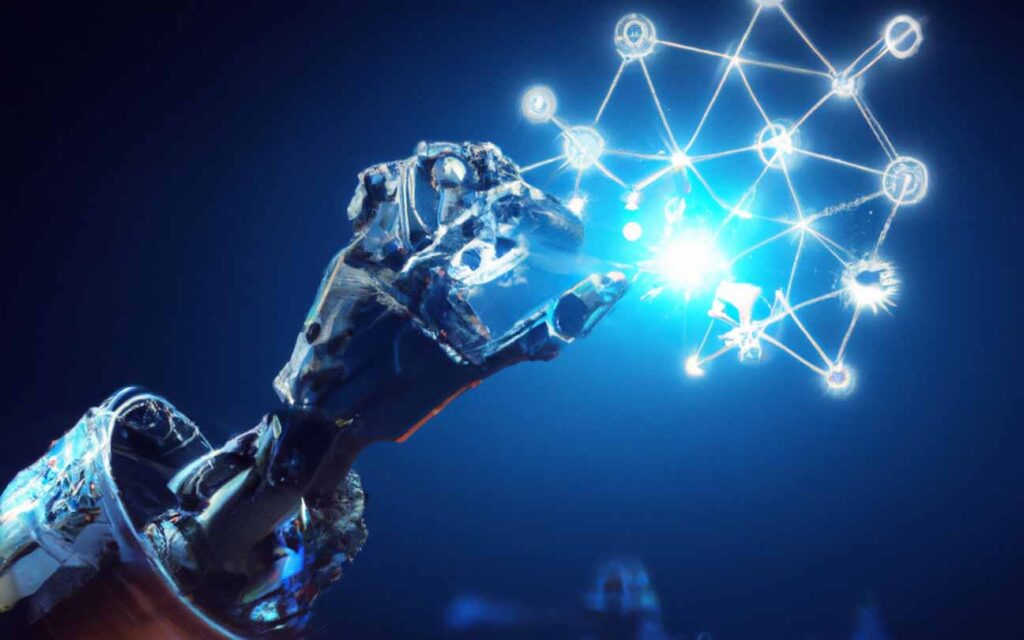Understanding the Basics
Generative AI, also known as generative models or generative artificial intelligence, is a type of machine learning algorithm that generates new content or data by learning from a set of examples. This cutting-edge technology is increasingly gaining attention in various industries and has the potential to change the way we interact with machines.
In this article, we will delve into the concept of generative AI, its underlying principles, and the current applications of this technology.
The Definition of Generative AI
Generative AI is a type of machine learning that involves training a model to generate new data or content. The model learns from a dataset of examples and is able to create new and unique instances of the data. This is different from discriminative models, which are trained to classify or distinguish between different classes of data.
One of the most popular types of generative models is the Generative Adversarial Network (GAN). A GAN consists of two neural networks, a generator and a discriminator. The generator creates new data, while the discriminator evaluates the data to determine if it is real or fake. The generator and discriminator are trained together, with the generator trying to create data that can fool the discriminator, and the discriminator trying to correctly identify fake data.
Another popular type of generative model is the Variational Autoencoder (VAE). A VAE consists of an encoder and a decoder. The encoder compresses the input data into a lower-dimensional representation, called a latent variable. The decoder then takes the latent variable and generates new data that approximates the original input.
How Generative AI Works
Generative AI models are trained on a dataset of examples, and the model learns to generate new and unique instances of the data.
For example, if a GAN is trained on a dataset of images of faces, the generator will learn to generate new and unique images of faces that resemble the examples in the dataset.
The training process for generative AI models can be thought of as a two-part process. The first part is the training of the generator, and the second is the training of the discriminator.
During the training of the generator, the model learns to create new and unique instances of the data that resemble the examples in the dataset. This is done by minimizing the error between the generated data and the real data.
During the training of the discriminator, the model learns to distinguish between real and fake data. This is done by minimizing the error between the predicted labels for the real and fake data and the true labels.
Current Applications of Generative AI
Generative AI has a wide range of applications in various industries. One of the most popular applications is in the field of computer graphics, where generative models are used to generate realistic images, videos, and 3D models. For example, a generative model trained on a dataset of images of cars could be used to generate new and unique images of cars.
Another popular application is in the field of natural language processing (NLP). Generative models such as GPT-3, developed by OpenAI, can be used to generate text that is almost indistinguishable from human-written text. This technology has the potential to revolutionize the field of NLP and make it possible for machines to understand and generate human language.
Generative AI also has potential applications in the field of drug discovery and medicine. For example, generative models could be used to design new molecules for drug discovery or to generate detailed 3D models of proteins for drug development.


